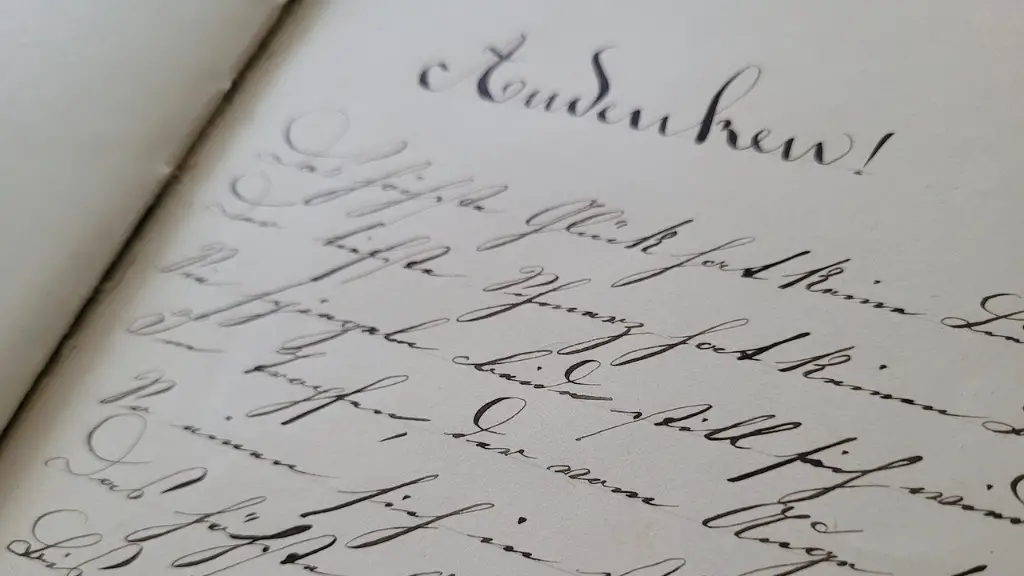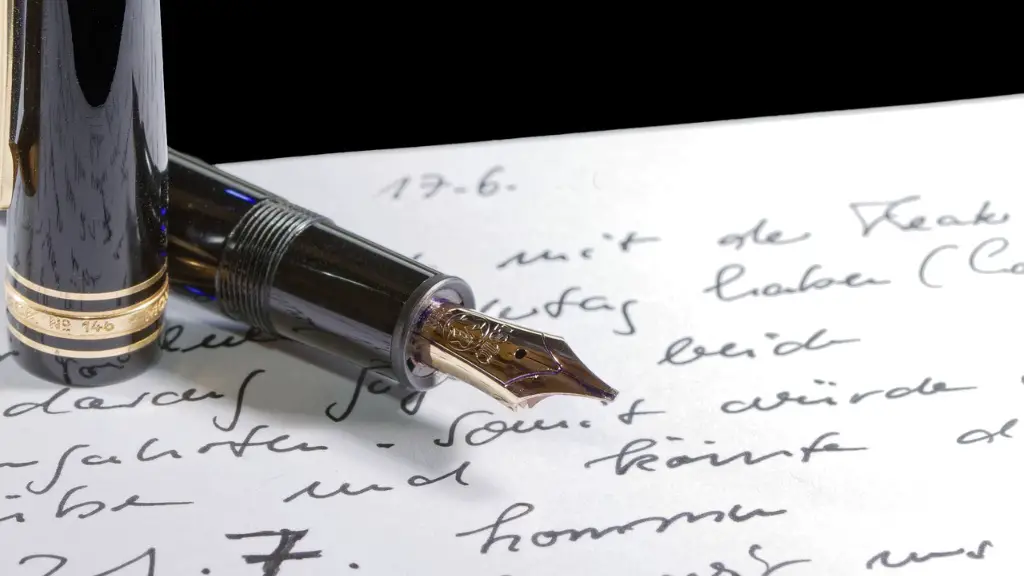William Blake was an English poet, painter, and printmaker. Largely unrecognised during his lifetime, Blake is now considered a seminal figure in the history of both the poetry and visual arts of the Romantic Age. His prophetic poetry has been said to form “what is in proportion to its merits the least read body of poetry in the English language”. His visual artistry led one contemporary critic to proclaim him “far and away the greatest artist Britain has ever produced”. In 2002, Blake was placed at number 38 in the BBC’s poll of the 100 Greatest Britons. A Song of Innocence is one of his most famous poems.
“A Song of Innocence” is a poem by William Blake, published in 1789. The poem is about the innocent, pure child’s view of the world.
What is the difference between Blake’s Songs of Innocence and Songs of Experience?
In 1789, “Songs of Innocence” were written by William Blake. They are a collection of poems focusing on the figure of the child and the theme of innocence. However, “Songs of Experience” show that innocence is corrupted and destroyed by human experience.
Blake describes innocence and experience as “the two contrary states of the human soul” because they are two completely different ways of living. One is full of hope and possibilities, while the other is full of cynicism and regret.
What was the Songs of Innocence
Songs of Innocence and of Experience are two of the most important works of English lyric poetry, written and illustrated by William Blake. Songs of Innocence was published in 1789, and Blake’s unique technique of publishing both text and hand-coloured illustration together was first demonstrated in this work. Songs of Experience, published in 1794, further develops Blake’s ideas about the nature of innocence and experience, and the duality of human nature. These works are masterpieces of English poetry, and have had a profound influence on subsequent poets and artists.
Blake’s poem is a reflection on the social, political, and religious circumstances during the 18th century in London. He analyzes and points out cruelty and injustice occurring in the society and criticizes the church and the British monarchy.
What is symbolized by a lamb in song of innocence?
Lambs have long been seen as symbols of innocence, and this is especially true in the Christian tradition. In the Gospels, Jesus Christ is compared to a lamb because he goes meekly to be sacrificed on behalf of humanity. This comparison highlights Christ’s selflessness and his willingness to suffer for our sake. Moreover, lambs, as baby sheep, are connected to the theme of childhood that runs throughout the Songs of Innocence. In these poems, the lamb symbolizes the purity and innocence of childhood, which is something that we all aspire to achieve.
One of the themes central to The Age of Innocence is the struggle between the individual and the group. Newland Archer has been raised into a world where manners and moral codes dictate how the individual will act, and in some cases, even think. Archer struggles with these expectations and at times rebels against them, but ultimately he is a product of his society and is unable to break free from its constraints. This conflict between the individual and society is a major theme of the novel and is something that many readers can relate to.
What is the purpose of Songs of Innocence?
The Songs of Innocence and of Experience were intended by Blake to show ‘the two contrary states of the human soul’. The Tyger is the contrary poem to The Lamb in the Songs of Innocence. The Lamb is about a kindly God who ‘calls himself a Lamb’ and is himself meek and mild. Blake asks whether the same God who created the Lamb also created the Tyger, which is “fearful” and “direful”. He concludes that the answer is yes, because both the Lamb and the Tyger are part of God’s creation.
The Blake Songs of Innocence (and Experience) is a perfect example of how art and poetry can come together to create something beautiful and unique. Blake’s use of music and painting creates a perfect marriage of form and content, and his attention to detail is evident in every aspect of the work. These poems are a perfect example of how the imagination can be used to create something truly special.
What is the theme of innocence
Loss of innocence is a theme that is often explored in stories. It can be a sad and heartbreaking moment when a character realizes that they can never go back to the way things were before. This moment can be especially poignant if the character realizes that their innocence was something that should have been protected. In today’s society, it seems like children are losing their innocence at an ever-increasing rate. This can be a scary thought for many people, as it can symbolize the loss of childhood innocence and the beginning of a more difficult and complicated life.
In “Introduction,” the poet describes their purpose and inspiration for writing poetry. The narrator is described as a piper who plays an instrument called a bagpipe. They areHappy piping when they see a child on a cloud. The child asks the narrator to pipe a song about a lamb. When the narrator does sing, the child weeps on hearing it.
What is the symbolism in Songs of Innocence and Experience?
The Songs of Innocence and The Echoing Green both use symbols to represent different aspects of life. In Songs of Innocence, Blake accepts Lamb and child to symbolize innocence. Moreover, they also stand for Jesus Christ. While, the oak tree of ‘The Echoing Green’ symbolises old age. The poem, as a whole, may be considered to symbolise the life of man.
The nurse is very kind and doesn’t seem to mind the children’s antics. She must be a very patient person!
What is the main idea presented in the poem
The theme of a poem is the lesson about life or statement about human nature that the poem expresses. To determine the theme, start by figuring out the main idea. Then, keep looking around the poem for details such as the structure, sounds, word choice, and any poetic devices.
Blake’s symbols are representative of both innocence and oppression. The children, flowers, and particular seasons symbolize innocence, while the urban and industrial landscapes and machines represent oppression and rationalism.
What are major themes of William Blake poetry?
“The Lamb” is a poem by William Blake, published in Songs of Innocence in 1789. The poem argues that innocence and experience are both part of human life, and that innocence is as natural and necessary as experience. The poem also suggests that art, like innocence, is a source of knowledge and power.
The poet is like a child because they both represent the power of imagination. A child is innocent and carefree, much like Christ. And just like Christ, the poet uses their imagination to create works of art that inspire and touch the hearts of others.
What is the conclusion of the lamb
The benediction in this context is a short prayer for divine protection and blessing, typically spoken at the end of a religious service or other event. The specific wording of the benediction can vary depending on the tradition, but the general sentiment is always one of goodwill and blessing.
The author uses the two animals to express the nature of humanity by describing how people change from innocent children that God created to tainted and resentful people. The lamb is used to represent a humble and an innocent creature, while the tiger represents a harsh, tainted, and a powerful creature. The author makes the point that humans are resentful and harsh because they have become tainted by the world they live in.
Conclusion
A Song of Innocence by William Blake is a poem that reflects on the purity and simplicity of youth. The speaker in the poem recalls a time when they were young and innocent, and everything in the world seemed perfect. They contrast this innocence with the harshness and cruelty of the world today. In the end, the speaker reassures us that despite the darkness and violence in the world, innocence will always prevail.
The poem “A Song of Innocence” by William Blake is a haunting and beautiful poem about the loss of innocence. The poem is written in a simple and childlike style, but the subject matter is dark and depressing. The poem reflects on the speaker’s experiences growing up and losing his innocence. The poem is sad and nostalgic, but also hopeful and optimistic. The speaker’s innocence may be gone, but he still has his memories, and he still believes in the possibility of happiness.





